
Photo courtesy of Canva
Given its long and storied history, it should come as no surprise that Virginia is home to many old graveyards. Although some have been lost to history, other historic cemeteries are still standing today. Here are five of the oldest known graveyards in the commonwealth, beginning in colonial times.
1607 Burials at Historic Jamestowne
Location: Jamestown
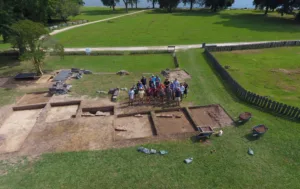
Photo courtesy of Virginia Tourism Corporation
Historic Jamestowne is home to a graveyard that likely holds the remains of English colonists who died in 1607. Excavations close to the western palisade wall and inside James Fort have revealed 29 grave shafts dated to the beginnings of the fort, but analysis using ground-penetrating radar indicated additional graves, totaling approximately 36 burials.
Although it’s hard for officials to give an exact date for the burials, it’s clear that they predate the Councillor’s Row building, which was built in 1611. The 1607 date of the burials is boosted by the fact that John Smith stated 50 colonists died that year. Additionally, all the burials that have been excavated have been male, which tracks with the fact that, in the first year of the colony, no English women were present.
The site’s team currently excavates three burials each year. So far, the remains of more than 10 individuals have been revealed, including two double burials and one triple burial. Archaeologists believe that individuals were buried together if they died on the same day.
One of the most intriguing burials is that of a 15-year-old boy. “A small stone Virginia Indian projectile point was found next to the boy’s right femur, suggesting that he had been shot by an arrow shortly before burial,” the Historic Jamestowne’s website reads. “Archaeologists believe this to be the boy recorded as being ‘slaine’ during combat with the Paspahegh Indians and their allies during the first month of the settlement.”
The burials were made behind the fort wall, which was a bit unusual but done according to 1606 instructions from the Virginia Company of London Council that stressed those who were sick or dead should be hidden from the Virginia Indians, who might capitalize on the weakness.
Location: Northampton County
Two well-known 16th– and 17th-century plantation owners are buried along the tidal Plantation Creek in what are referred to as the Custis Tombs near the site of the former Arlington mansion.
The tombs are the final resting place of John Custis II, who died in 1695, and his grandson, John Custis IV, who died in 1749. A monument described by Northampton County as being “one of Virginia’s most ambitious examples of colonial funerary art” was placed around 1750 to mark their graves. The elaborately carved pyramidal-topped marble block is decorated with the Custis family coat of arms, a drapery-framed inscription and a human skull motif. There’s also a limestone slab depicting one of the men.
Despite being a busy working plantation in its heyday, all that remains today are the tombs, now part of the Virginia Department of Wildlife Resources’ Eastern Shore Loop. It’s a great place for birding, as it’s home to many shorebirds including the American oystercatcher, dunlin, semipalmated plover, and black-bellied plover.
Location: Petersburg
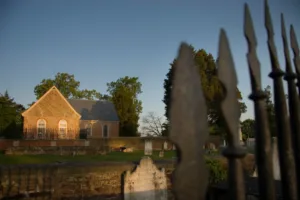
Photo courtesy of Virginia Tourism Corporation
Blandford Cemetery has been used as a burial site since the early 18th century, with the oldest marked grave dating back to 1702.
The cemetery is also noteworthy thanks to its connection to Memorial Day. According to the city of Petersburg, the holiday was inspired by events at the cemetery. “Soon after the Civil War ended, Mary Logan, wife of Union Commander General John A. Logan, witnessed a group of schoolgirls placing flowers on the graves of soldiers,” the city’s website reads. “Deeply moved when she saw the ritual repeated the next year, she related the story to her husband, who took steps that ultimately led to the observance of Memorial Day as a national holiday.”
The cemetery is also home to a mass grave that contains the remains of 30,000 soldiers, though records have only identified 3,700 of them.
One of the more well-known burials is that of Maj. Gen. William Phillips, commander of the British troops during the Battle of Petersburg on April 25, 1781. He died of a fever less than a month after the battle. In 1914, the Daughters of the American Revolution erected a memorial stone marking the general location of his secret burial.
Those who visit the cemetery should be on the lookout for plots featuring 19th-century decorative iron fences. The city holds walking tours of the cemetery that highlight the most notable monuments and burial sites throughout the year.
Location: Alexandria
Christ Church and its cemetery are among Alexandria’s most historic landmarks. Vestry records indicate burials at the cemetery as early as 1766. By 1806, most burials had ceased in the center of Alexandria due to sanitation and space concerns.
Excavations have shown there to be many more graves than headstones. “At least 396 unmarked graves date from 1787 to 1796, with 174 of them for children,” according to the city of Alexandria. “An estimated 540 additional unmarked graves are attributed to years for which burial records are missing.”
Fun fact: George Washington attended Christ Church. In fact, his family pew has been preserved inside the building, which dates from 1771-73.
Location: Lynchburg
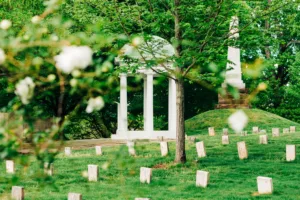
Photo courtesy of Virginia Tourism Corporation
Although it’s not one of the oldest cemeteries in Virginia, Old City Cemetery is worth mentioning because it is the oldest municipal cemetery in the commonwealth still in use today.
The 27-acre site is much more than just a burial site—it serves as a public garden and “history park.” It is described as one of the busiest and most popular attractions in the city, with more than 33,000 annual visitors.
Five small museums at the site help tell the stories of the diverse populations of nearly 20,000 people buried there. Recorded audio messages and brochures help visitors interpret what’s inside the museums—the Chapel and Columbarium, Pest House Medical Museum, Hearse House and Caretakers’ Museum, Station House Museum, and Mourning Museum—as they make their way through the self-guided tour.
The Chapel and Columbarium honors the many religious leaders who have been buried at the cemetery since 1806. It contains 288 niches for inurnment and 12 crypts for entombment.
Notable burials include people considered the founding fathers of Lynchburg—19th-century mayors Samuel Jordan Harrison, William Morgan, and John Schoolfield. Phillip Pleasant Whiteley, who joined the Union Army during the Civil War after escaping from slavery, was buried in the cemetery after passing away in 1937. The cemetery is open to visitors for free every day from dawn until dusk.

5 Virginia startups that competed on ‘Shark Tank’
From sweet potato pies to plant-based Mediterranean food, discover what these Virginia companies that competed on “Shark Tank” are cooking up. From...

Yes, Virginia actually has volcanoes. Here’s what to know
Here’s the surprising history of Virginia’s volcanic past, including Mole Hill and Trimble Knob. When most people think of Virginia, volcanoes don’t...
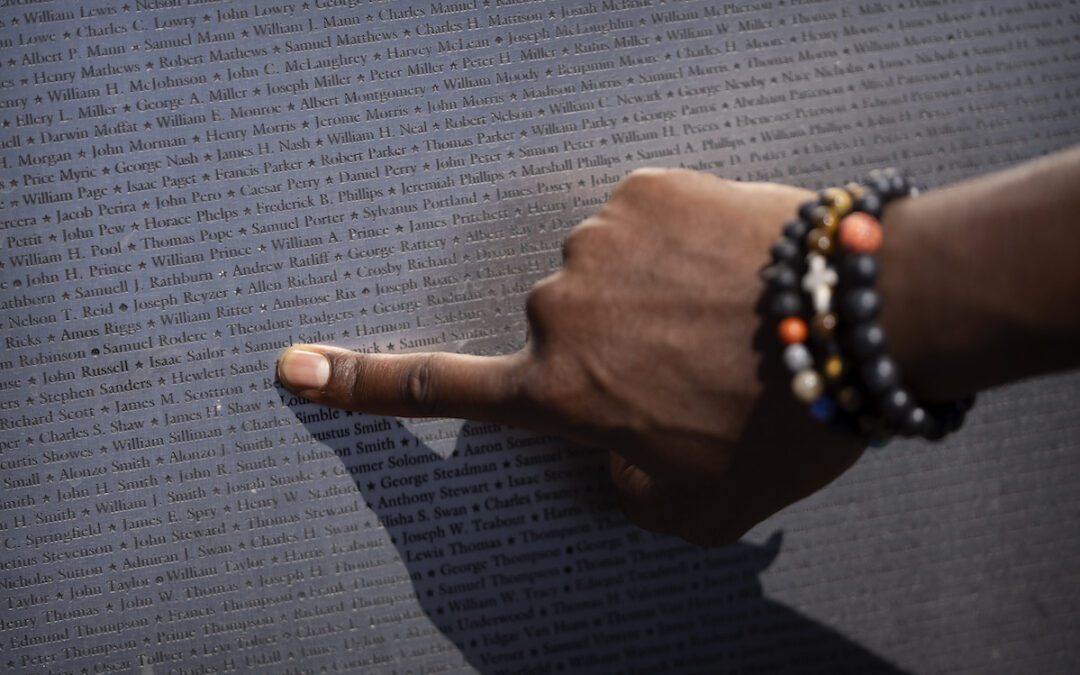
Juneteenth: A celebration of African American freedom
Today marks Juneteenth, an annual celebration commemorating the end of slavery in the United States in 1865. If you’re wondering why it took more...

Fort Gregg-Adams’ commanding general says legacies will live on despite post name change
Lt. Gen. Arthur Gregg and Lt. Col. Charity Adams may be having their names removed from the signs at Fort Gregg-Adams, but the post’s commanding...
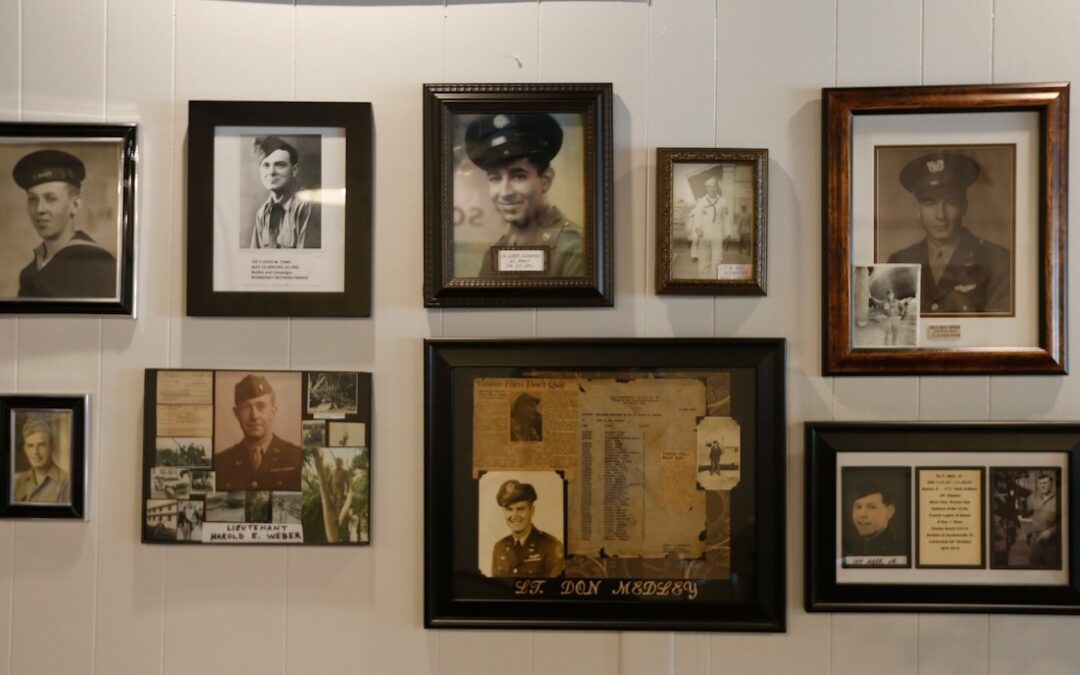
Bedford’s lasting legacy: How a small Virginia town became the heart of D-Day remembrance
In a country filled with grand monuments, a quiet corner of Virginia keeps the human cost of war vividly alive. When many Americans think of D-Day,...

Iconic Virginia sayings & slang, explained
Discover the meaning behind popular Virginia sayings, from "Old Dominion" to "757" and "Hokie." If you’ve spent any time in Virginia, you’ve likely...





